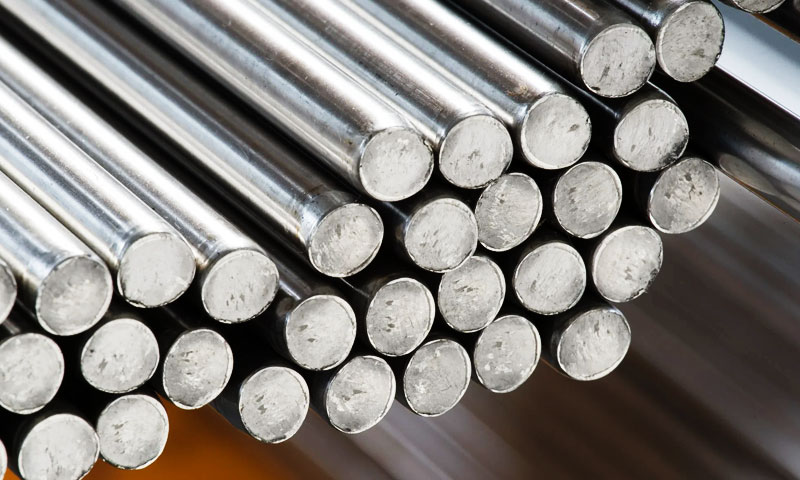1. Ievads
1.4122, commonly referenced by its European designation X39CrMo17-1, is a martensitic chromium stainless steel designed to deliver a blend of cietība, wear resistance and reasonable corrosion performance.
It occupies a practical middle ground between tool steels and corrosion-resistant stainless grades: hardenable by heat treatment to high strengths and abrasion resistance, yet offering better resistance to corrosion than many carbon steels.
2. Kas ir 1.4122 Nerūsējošais tērauds
1.4122 (arī saukts X39CrMo17-1) ir a martensitic chromium nerūsējošais tērauds — a hardenable, magnetic stainless grade designed to deliver a balance of high hardness/wear resistance un Mērena izturība pret koroziju.
Engineers choose 1.4122 for components that require sharp edges and durable cutting surfaces (Galda piederumi), precision shafts and spindles, wear parts and certain valve or pump components where moderate corrosion resistance is adequate.
It is distinct from austenitic stainless steels (Piem., 304) that are non-magnetic and highly corrosion-resistant, and from ferritic grades that are not hardenable by quenching;
1.4122’s defining characteristic is its martensitic microstructure after quenching, which produces high hardness and strength.
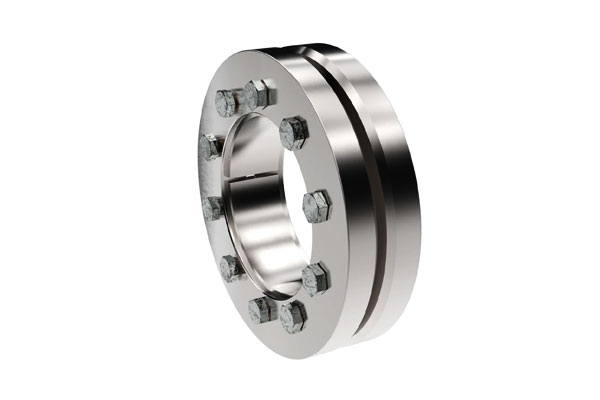
3. Ķīmiskais sastāvs 1.4122 Nerūsējošais tērauds
Below is a clean, professional table showing the chemical composition ranges for 1.4122 (X39CrMo17-1) stainless steel together with a concise, engineering-focused description of the role each element plays in this alloy.
| Elements | Diapazons (WT%) | Primary role(s) — concise |
| C (Ogleklis) | 0.33–0.45 | Main hardening agent — increases martensite hardness and wear resistance; reduces toughness and weldability at high levels. |
| Krekls (Hroms) | 16.5–17.5 | Provides corrosion passivity and contributes to hardenability and carbide formation. |
| Noplūde (Molibdēns) | 0.80–1.30 | Improves hardenability, strength and resistance to localized corrosion. |
| Iekšā (Niķelis) | ≤1.00 | Minor toughness aid; kept low to retain martensitic response. |
| Nojaukšanās (Mangāns) | ≤1.50 | Deoxidizer and mild hardenability aid. |
Un (Silīcijs) |
≤1.00 | Deoxidizer and modest solid-solution strengthener. |
| Pūtīt (Fosfors) | ≤0.04 | Impurity — kept low to avoid embrittlement and fatigue loss. |
| S (Sērs) | ≤0,015 | Minimized (not a free-machining grade) because it lowers toughness and fatigue performance. |
| Fe (Dzelzs) | Līdzsvars | Matrix element — forms the martensitic steel base. |
| Trace elements (No, V, Cu, N, utc) | parasti <0.05–0,20 | Small micro-alloying effects or tramp elements; can refine grain or slightly modify properties when present. |
4. Mehāniskās īpašības 1.4122 Nerūsējošais tērauds
Mechanical properties vary with heat treatment state. Below are representative ranges used for design guidance.
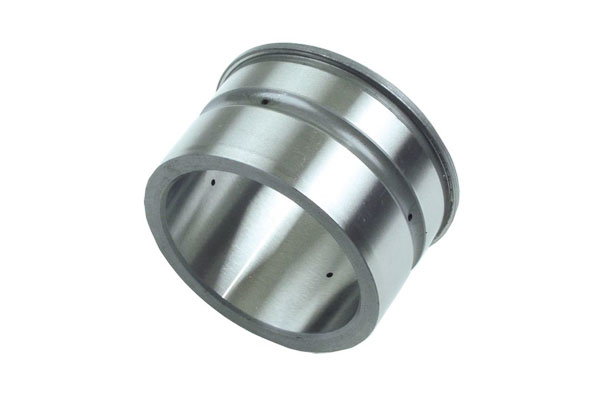
| Nosacījums / treatment | Cietība (HRC) | Stiepes izturība (UTS, MPA) | 0.2% Proof / Ienest (MPA) | Pagarināšana (Izšķirt, %) | Carpy v-nety (apm., Jūti) |
| Mīksts / normalizēts (piegāde) | ~20–30 HRC | ~500–700 MPa | ~300–450 MPa | 10–18 % | 30–60 J |
| Apslāpēts & tempered → ~40 HRC (typical engineering temper) | ≈38–42 HRC | ~800–950 MPa | ~600–800 MPa | 8–12 % | 15–30 J |
| Apslāpēts & tempered → ~48–52 HRC (augsta cietība) | ≈48–52 HRC | ~1,000–1,300 MPa | ~800–1,100 MPa | 3–8 % | 5–20 J |
| Maximum hardening (tuvu 55+ HRC) | >55 HRC | >1,300 MPA | augsts (approaching UTS) | zems (<3 %)* | zems (<10 Jūti) |
5. Magnetic and Physical Properties of 1.4122 Nerūsējošais tērauds
Understanding the magnetic and physical properties of 1.4122 stainless steel is critical for design engineers, particularly when specifying components for precision machinery, instrumentus, or applications where thermal expansion and conductivity matter.
| Īpašums | Tipiska vērtība | Ietekme uz inženierzinātnēm |
| Blīvums | 7.75–7.80 g/cm³ | Weight calculations, dynamic load, komponentu dizains |
| Siltumvadītspēja | 19–24 w/m · k | Heat dissipation, machining and thermal distortion |
| Termiskās izplešanās koeficients | 10–11 ×10⁻⁶ /K | Dimensional stability under thermal cycles |
| Īpašs karstums | ~ 460 J/kg · k | Thermal management during processing |
| Magnētiskā uzvedība | Feromagnētisks | Consider in sensor proximity, electronic interference, magnetic assembly |
6. Izturība pret koroziju
1.4122 stainless steel provides Mērena izturība pret koroziju, superior to plain carbon steels but inferior to austenitic stainless steels.
Environments where it performs acceptably
- Fresh water and mildly oxidizing industrial atmospheres
- Organic acids and mild chemical environments, when polished or passivated
Ierobežojumi
- Not recommended for Ar hlorīdiem bagāta vide (jūras ūdens, sālījums) where pitting and crevice corrosion become significant.
- Localized corrosion resistance decreases with increasing hardness and tempering that expose microstructural heterogeneities.
Surface finishing and passivation
- Pulēšana to a fine finish and ķīmiskā pasivācija (Piem., nitric acid treatment) improve corrosion performance by strengthening the passive film.
- Pārklājumi (krāsot, apjoms) or cathodic protection are common for long service life in marginal environments.
7. Heat Treatment and Hardening
Termiskā apstrāde tailoring is central to using 1.4122 efektīvi.
Typical hardening schedule
- Austenitizējošs: heat to roughly 980–1020 °C (typical range for martensitic stainless steels; exact temperature depends on section size and furnace control) to form austenite.
- Rūdīšana: rapid cooling in oil or polymer quench to transform to martensite. Water quenching may be used but increases risk of distortion and cracking.
- Rūdījums: reheat to 150–600 ° C depending on required final hardness/toughness balance.
Lower temper temperatures yield higher hardness and lower toughness; higher temp yields lower hardness but better ductility and impact resistance.
Hardening response
- Carbide-forming elements (Krekls, Noplūde) and carbon content drive hardenability. 1.4122 exhibits good response allowing designers to select temper cycles for specific mechanical targets.
Ietekme
- Strength increases dramatically after quench and temper.
- Izturība can be restored partially by tempering; there is a well-known tradeoff between hardness and toughness.
- Mašīnīgums generally worsens after hardening; most machining is done in annealed or partially tempered conditions.
8. Machinability and Fabrication
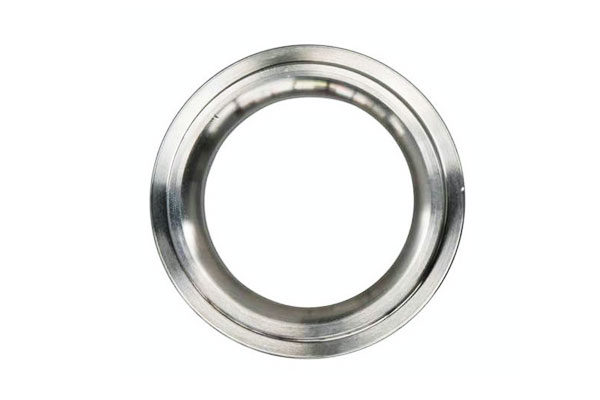
Mašīnīgums
- Medium in annealed condition. In soft condition, 1.4122 machines comparable to other martensitic grades with appropriate tooling and cutting speeds.
Use sharp high-speed tooling, adequate coolant and conservative feeds when machining hardened portions. - Poor when hardened. Cietība >45 HRC substantially increases tool wear; grinding and carbide tooling are typical.
Metināmība
- Ierobežots. High carbon and martensitic structure make the steel susceptible to hydrogen-induced cold cracking. Welding generally requires:
-
- Uzkarsēt (Piem., 150–250 °C depending on thickness)
- Low hydrogen electrodes
- Post-weld tempering or PWHT to relieve residual stresses and soften the HAZ
- For critical parts, welding is avoided or performed with post-weld heat treatment.
Veidošanās
- Auksta formēšana: limited in hardened state; better to form in annealed condition and then harden.
- Karsta formēšana: may be used within controlled windows but requires subsequent heat treatment to restore designed properties.
9. Priekšrocības un ierobežojumi
Priekšrocības 1.4122 Nerūsējošais tērauds
- Laba sacietējamība: can be heat treated to a wide range of hardness and strength values.
- Balanced corrosion resistance: superior to carbon steels in many environments.
- Nodilums pretestība: suitable for cutting edges, shafts and lightly loaded wear parts.
- Magnētisks: useful where ferromagnetic behaviour is needed.
Ierobežojumi 1.4122 Nerūsējošais tērauds
- Weldability limitations — requires preheat and PWHT for critical joins.
- Cold formability: poor in hardened state; must be formed in annealed condition.
- Corrosion limits: not recommended for seawater or high chloride environments without protective measures.
- Machining when hardened: high tool wear, special tooling required.
10. Rūpnieciskas lietojumprogrammas 1.4122 Nerūsējošais tērauds
1.4122 is used where a combination of high surface hardness, nodilums pretestība, un mērena izturība pret koroziju nepieciešami:
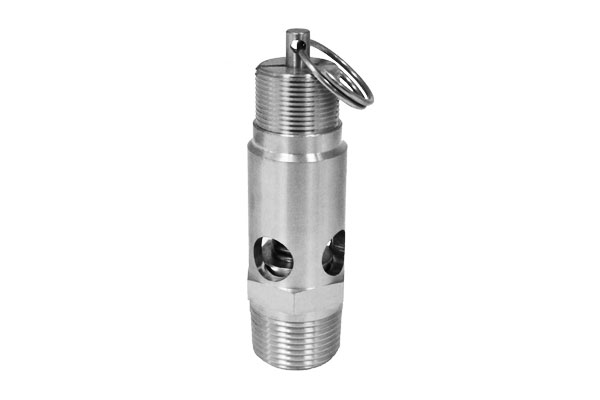
- Cutlery and surgical tools: naži, scissors and razors benefit from the balance of hardness and stainless behaviour.
- Mechanical engineering: vārpstas, vārpstas, pins and small gears that require precision, edge retention and good wear lifetime.
- Pumps and valves: stublāji, seats and components exposed to fresh water or buffered fluids.
- Tooling and molds: for polymer processing and light tooling duties where corrosion resistance is helpful compared with plain tool steels.
- Other niche uses: nesošās sacīkstes, small structural components, and certain fasteners where hardness and magnetic response are advantageous.
11. Comparison with Related Stainless Steels
1.4122 (X39CrMo17-1) ir a martensitic chromium stainless steel with balanced hardness, izturība pret koroziju, and wear properties.
To guide material selection, it is helpful to compare it with other commonly used martensitic and chromium stainless steels, ieskaitot 1.4034 (X46Cr13) un 1.4112 (X90CrMoV18).
| Īpašums / Sakausējums | 1.4122 (X39CrMo17-1) | 1.4034 (X46Cr13) | 1.4112 (X90CrMoV18) | Engineering Notes |
| Ogleklis (C) | 0.36–0.44% | 0.42–0.50% | 0.85–0.95% | Carbon controls hardness and wear resistance; higher C increases hardness but reduces ductility. |
| Hroms (Krekls) | 16–18% | 16–18% | 16–18% | Chromium provides corrosion resistance; all three are martensitic grades with moderate corrosion resistance. |
| Molibdēns (Noplūde) | 0.8–1,2% | 0–0.2% | 0.8–1,2% | Mo improves pitting and general corrosion resistance, Īpaši iekšā 1.4122 un 1.4112. |
| Vanādijs (V) | Izsekot | Izsekot | 0.1–0,3% | V increases hardness and wear resistance, izmantot 1.4112 for high-wear tools. |
| Stiepes izturība (MPA) | 800–1100 (apslāpēts & rūdīts) | 700–1000 | 1000–1400 | 1.4112 is a high-carbon grade designed for maximum wear; 1.4122 balances strength and toughness. |
Cietība (HRC) |
50–55 | 48–52 | 56–60 | 1.4112 achieves higher hardness due to higher carbon; 1.4122 suitable for tooling and shafts. |
| Izturība pret koroziju | Mērens | Mērens | Mēreni vai zemu | 1.4122’s Mo addition improves resistance to mild oxidizing environments over 1.4034. |
| Mašīnīgums | Mērens | Labi | Nabadzīgs | Augsts oglekļa saturs 1.4112 is more difficult to machine; 1.4122 balances machinability with hardness. |
| Tipiskas lietojumprogrammas | Galda piederumi, instrumentus, sūkņu vārpstas, vārsti | Galda piederumi, ķirurģiski instrumenti, Mehāniskās daļas | High-wear tools, naži, industrial blades | Selection depends on required hardness, izturība pret koroziju, and machining constraints. |
12. Secinājums
1.4122 (X39CrMo17-1) is a practical martensitic stainless steel that provides a versatile combination of cietība, wear resistance and moderate corrosion resistance.
Its capability to be tailored through heat treatment makes it a go-to choice for cutlery, vārpstas, valve parts and tooling applications where a compromise between stainless behaviour and high hardness is required.
FAQ
What is the typical hardness range achievable for 1.4122 nerūsējošais tērauds?
In delivery/softened condition about 27–33 HRC. After quench and temper the alloy can be adjusted typically to ~40–55 HRC depending on tempering temperature and section size.
Ir 1.4122 stainless steel suitable for seawater service?
No — it has only moderate chloride resistance. For seawater or highly corrosive environments, select duplex or austenitic stainless steels with superior pitting resistance.
Can I weld 1.4122 nerūsējošā tērauda komponenti?
Welding is possible but challenging. Use preheat, low-hydrogen consumables and post-weld tempering to avoid cracking and restore toughness.
How does heat treatment affect toughness?
Tempering at higher temperatures improves toughness but reduces hardness. Select tempering temperature to achieve the required balance for fatigue and impact loads.
Atkarībā no pieteikuma, 1.4034 may be an economical substitute for lower performance needs; 1.4112 or other high-C martensitics may be used where extreme hardness is required but note differences in corrosion and toughness.
